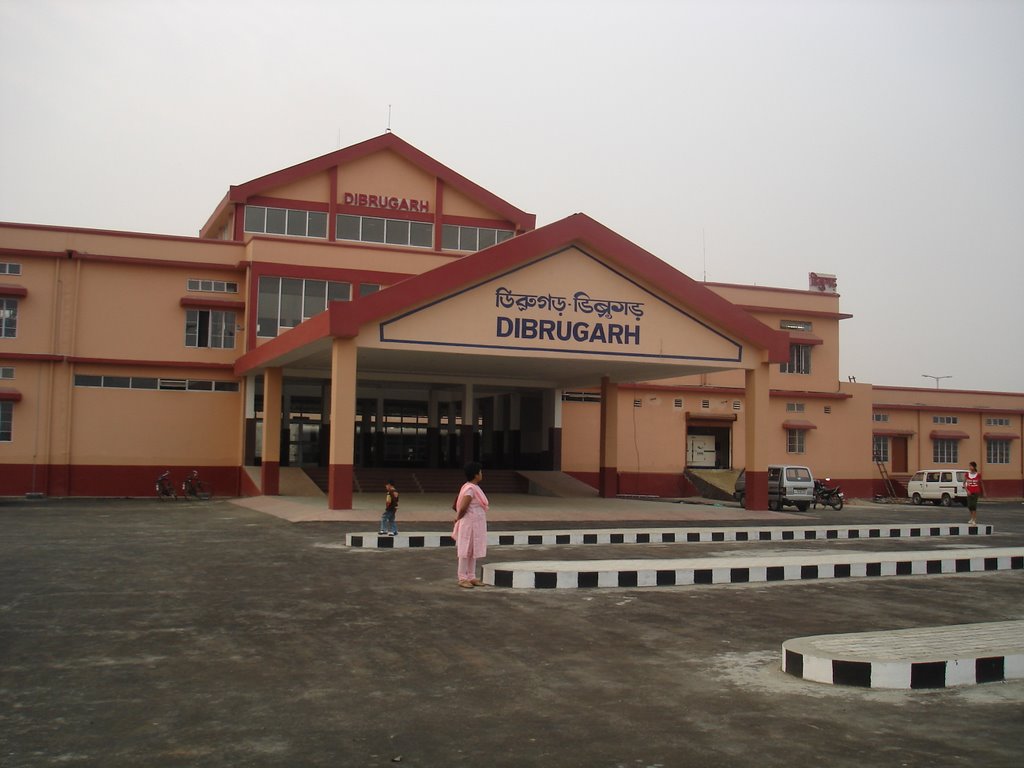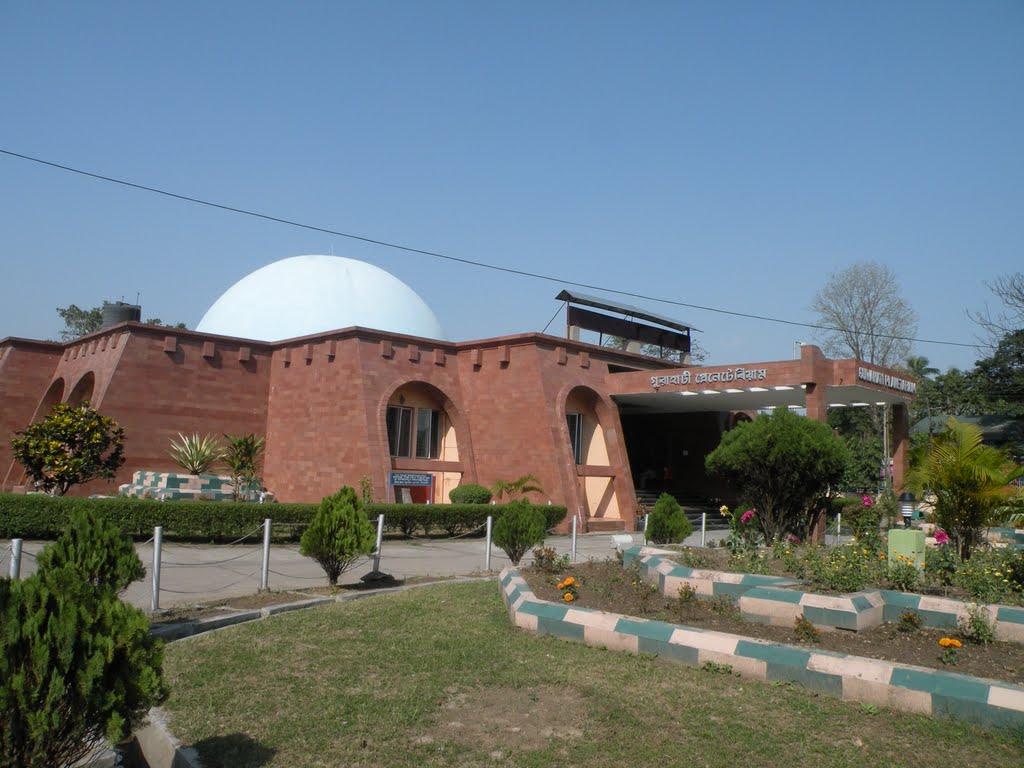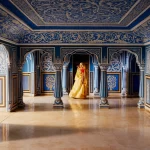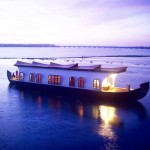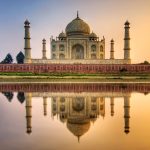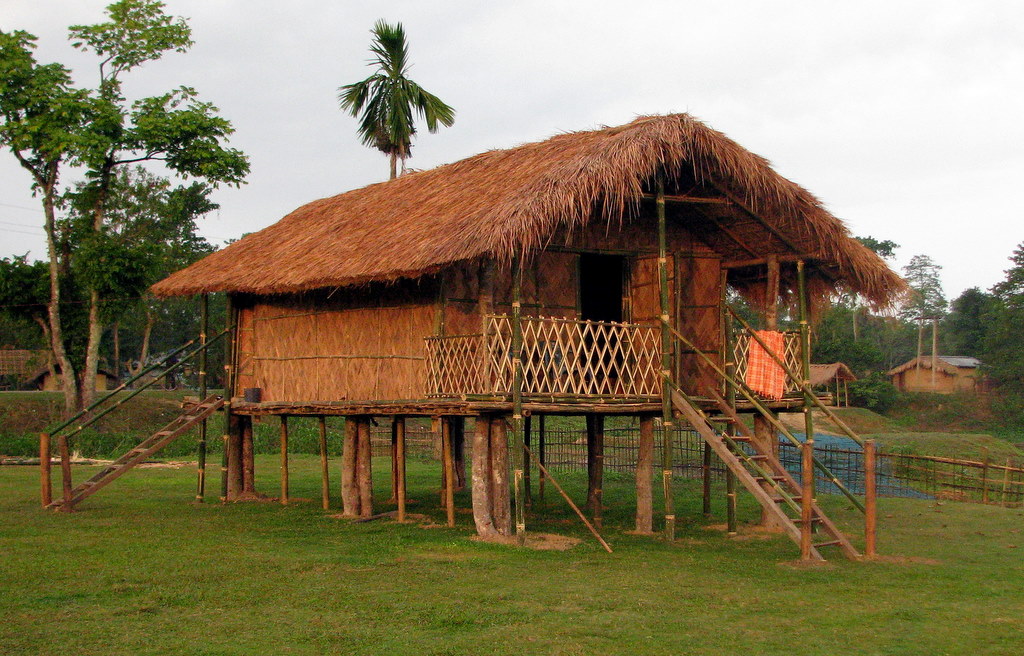
Tinsukia Tourism and Travel Guide
The History of Tinsukia
The ancient name of Tinsukia was Bangmara which was orginally known as Changmai Pathar. It was the capital of Muttack Kingdom. The Bangmara city was built by King Sarbananda Singha with the help of his Minister Gopinath Barbaruah alies Godha. The city was built in the middle of the present Tinsukia City (near the Senairam H.S. School).
As per the direction of Sarbananda Singha, Godha Baruah dug a triangler shaped pond in Bangmara which is known as “Tinikunia Pukhuri”. In 1884 Dibru-Sadiya Rail line was constructed and a station was setup near the “Tinikunia Phukhuri” which was named as Tinsukia. Since then the City was popularly known as Tinsukia.
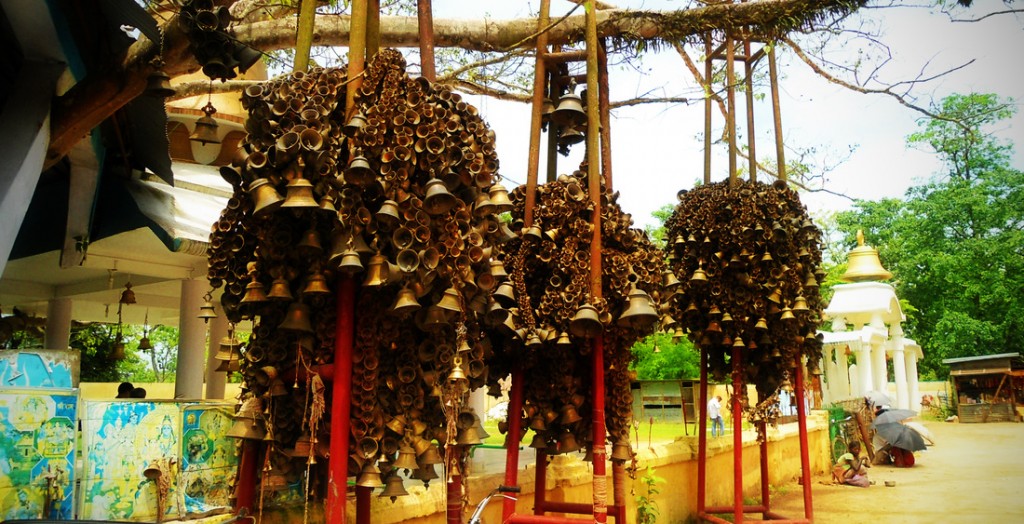
The muttack Kingdom occupied a distinct place in the history of Assam during the later part of the 18th century and the early part of 19th century. The Moamareeyas or the Muttacks turned the history of the mighty Ahom Kingdom by leading the historic Moamareeya Rebellion, which may be described as the first socio-political movement in the history of Assam.
According to the map prepared by Captain Hemilton Vetch in 1841, a large portion of present Dibrugarh and Tinsukia district had been identified as “Bengmara Country of Moamareeya Tribe” with its capital at Bengmara (present Tinsukia). In the history of Assam, this Bengmara Country was later popularly known as Muttack Country of Soumar, early name of a region in the North East corner of Assam.
The First King of Muttack Kingdom was Swargadeo Sarbananda Singha. Sarbananada Singha established his capital at Rangagarah situated in the bank of river Guijan. In 1791 A.D. he transferred his capital to Bengmara.
Several tanks were dug in the days of Sarbananda Singha viz., Chauldhuwa Pukhuri, Kadamoni pukhuri, Da Dharua Pukhuri, Mahdhuwa Pukhuri, Bator pukhuri, Logoni Pukhuri, Na-Pukhuri, Devi Pukhuri, Kumbhi Pukhuri, Rupahi Pukhuri etc.
Apart from the these ponds there are many ancient roads constructed in different parts of the Muttack territory. Godha-Borbaruah road, Rangagarah road, Rajgor road and Hatiali road were main roads within the territory.
Swargadeo Sarbananda Singha
Swargadeo Sarbananda Singha was the first King of Muttack Kingdom. Earlier known as Mezera, who rose from a very humble position to become an able administrator. His determination, spirit and love for freedom is adorable.
After becoming King, Mezara adopted the name Sarbananda Singha. Sarbananda Singha introduced coins after his name. In Saka 1716 and 1717 he inscribed the title Swargadeo in the coins.
How to get there
By Air: Changlang township is 136 km from the nearest Airport at Mohanbari, Dibrugarh, Assam.
By Rail: it is 96 km from the nearest long distance Railway Station Tinsukia Railway Station, Assam. And 45 km from the nearest Passenger Railway station, Margherita Railway Station, Assam.
By Road: Good motorable road is connected up to Changlang township. It is 140 km from Dibrugarh, 95 km from Tinsukia, 44 km from Margherita and 110 km from Miao.
Festivals
The “Shapawang Yawng Manau Poi”is most important folk dance festival of the Singphos. The Festival is celebrated on the 14th February every year.
According to the Singphos, they are the descendents of SHAPAWNG YAWNG who was first born on this earth and called himself as Singpho. Tingli Yawang, son of Shapwng Yawng, in order to get blessings of his father Shapawng Yawng and the creator of the world “Mathum Matha” celebrated the first Manau poi as praising of Gods(Bhikan Gundan Poi). Later, the festival came to be known as “Shapawang Yawng Manau Poi” in the memory of their ancestor “Shapawng Tawng”
The festival is opened up by putting up SHADUNG which is regarded as the symbol of the Festival. During putting up of the SHADUNG GIDHING GUMDIN MANAU the dance of unity is performed to proclaim praise, unity and prosperity. At the end of the dance, PADENG MANAU the war winning dance, SHUT MANAU the celebration dance, KUMRAN MANAU, the farewel dance etc are performed.
TULUNI is the most important festival of the Sema Naga Tribals. Tuluni is celebrated on the

8th of July every year, when the paddy seeds develop inside the stem. It is observed for healthy growth of the crop. on the festival day, the engaged couples of the village along with their relatives are invited by their in-laws to be and offered sumptous meal. Animals are slaughtered by the in-laws to feed them, when the invitees return after a day of marry making and eating they do not leave empty handed as the in-laws would send a busket full of cooked food like rice and meat with them for the people back home.
SAGHI is also one of the famous festivals of the Sema Naga tribes, like the Tulani, Saghi signifies the abundant harvest of crops. it is celebrated in the month of August when the paddy seeds are ripe and farmers begin to reap the harvest. For SAGHI, preparation begins beforehand. The villagers would organise in groups and work in the fields to earn wages, so that they could celebrate the festival in a befitting manner. A community feast is also arranged on the occasion where animals are slaughtered for meat. After the feast is over people enjoy folk songs and dances.
ALI-AYE-LIGANG
Celebrated by the Mising Tribes during last part of February to welcome the rain God(Baruna) before going for cultivation. People sings, dances and makes merry with colourful dresses. Puras, Sai – a drink distilled through burnt rice bran and Apong – a country rice beer are the main attractions. Also people goes for community fishing & hunting in the begining.

